I'm trying to write a C# application that should:
- run on .NET Framework (4.0 ideally)
- run on DirectX 9 on as much computers as possible (everyone that have DirectX 9 installed)
- be a single EXE file (without DLLs)
- do not force the end user to install anything (especially to download)
I have tried Managed DirectX, SharpDX and I didn't succeed. (I don't care if they are obsolete, I don't need much from DirectX, only the basics, it's relatively simple app). For hiding the DLLs I'm embedding them into resources and loading them by AppDomain.AssemblyResolve event.
Here are my problems:
Managed DirectX. Generally works, on most BUT NOT ALL computers. There was a case that it wasn't working despite of that there were even 3D games installed (which install and run on DirectX, at least 9). The MS Managed DirectX was just NOT INSTALLED with the DirectX. Anyone knows why? Why some people have it and some don't? When I added the DLLs I needed into the folder with the app it was working fine, but when I've embedded them as resources, they couldn't load (even when I've extracted them to temp folder and tried to load from there). I've got an idea of how to resolve that, which may work, but my quesion is: will my Managed DirectX DLLs work on every CPU? (32/64 bit?). I had problems of this type before.
SharpDX. Doesn't work on most computers, even the modern ones. It requires a specific version of DirectX Runtime (June 2010) to be installed! If it's not, it's throwing exception about missing d3dx9_43.dll. Everyone have d3dx9.dll, but almost noone d3dx9_43.dll. Installing the specific version is their official solution for this problem... I don't know what were they thinking, but it's just not usable. Also there was a problem to load them from resources but I've managed to resolve that. When I've embedded the d3dx9_43.dll from my 32 bit system it was throwing a BadImageFormatException on 64 bit system, so I can't even put that file next to the app, not to mention embedding it or installing to SYSTEM32 directory where it should be (which would require Full Trust). There is another problem. Even if I would want to attach the DirectX June 2010 End-User Runtime, it's taking 95MB, which is MUCH too much (not to mention asking the user to download it...). Oh, and I also can't reset the device in SharpDX to go fullscreen (the same code worked just fine on Managed DirectX!) but I assume it CAN be fixed somehow...
SlimDX. Didn't even try this because on its official homepage it is said that it requires a "SlimDX Runtime" to be installed on end-user computer. As i said at the beginning, the app should JUST WORK and not force the user to install anything (except the DirectX itself, which is already installed on most, even old computers).
Any suggestions? Please don't give me the tumbleweed award again... :] I'm open to everything except going into unmanaged code and writing my own wrapper.
